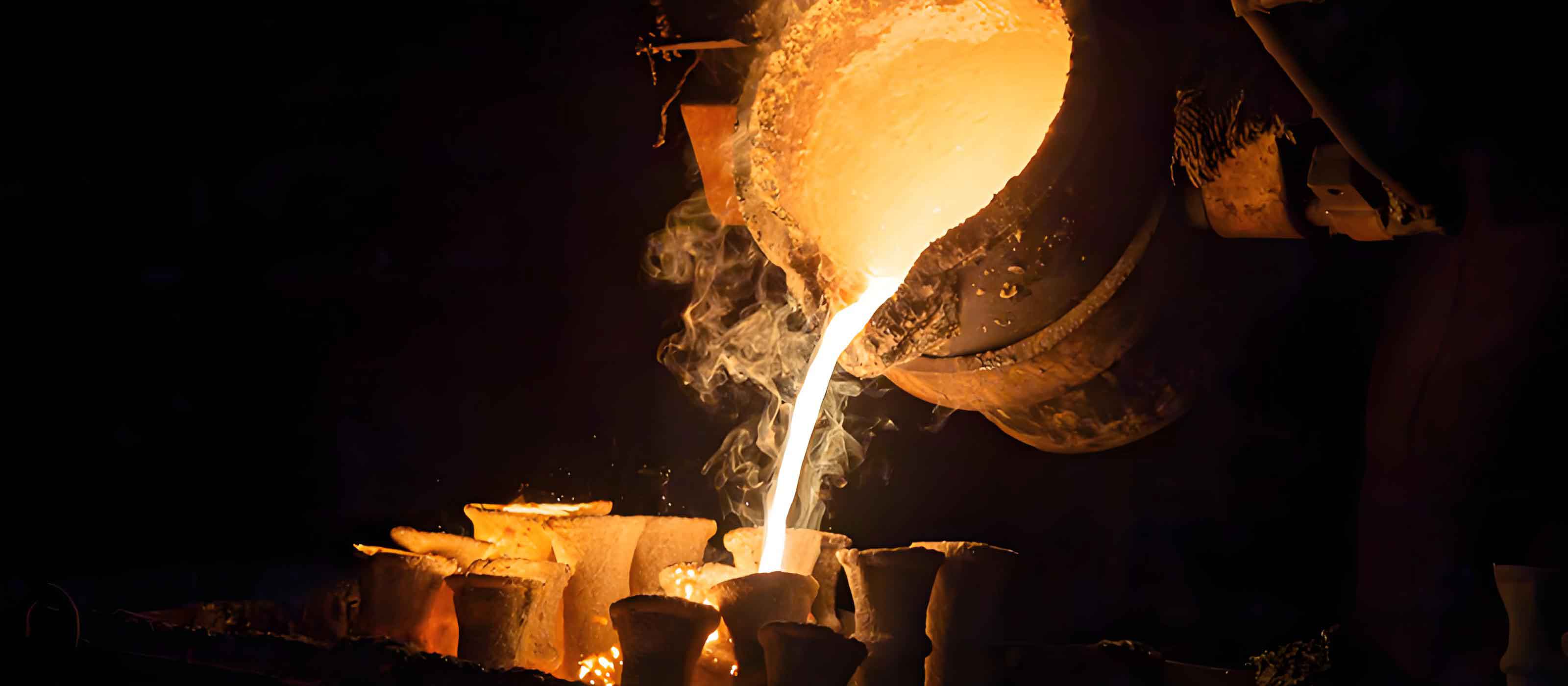
Introduction
The lost wax casting industry has long been an important player in the manufacturing sector, offering the ability to create complex and high-quality metal components. However, in the dynamic global market, this industry faces a unique set of challenges and opportunities that shape its future.
Challenges Facing the Lost Wax Casting Industry
- Intense Competition
- The global market for manufacturing processes is highly competitive. Lost wax casting competes with other casting methods such as sand casting and die casting.
- Other advanced manufacturing techniques like additive manufacturing (3D printing) also pose a threat.
- Rising Costs
- The cost of raw materials, especially precious metals, has been steadily increasing.
- Labor costs have risen in many regions, impacting the overall cost structure of lost wax casting operations.
- Environmental Regulations
- Stringent environmental regulations are imposed on manufacturing industries, including lost wax casting.
- The need to manage and dispose of waste materials in an environmentally friendly manner adds to the operational costs.
- Technological Advancements
- The rapid pace of technological advancements requires continuous investment in new equipment and training.
- Keeping up with the latest in CAD/CAM software and digital manufacturing technologies is essential but costly.
- Quality Control and Consistency
- Ensuring consistent quality across large-scale production runs can be challenging.
- Meeting the strict quality standards demanded by various industries, such as aerospace and medical, is a constant struggle.
Opportunities for the Lost Wax Casting Industry
- Growing Demand in Emerging Markets
- Emerging economies are experiencing rapid industrialization and infrastructure development, driving demand for metal components produced through lost wax casting.
- For example, the construction and automotive sectors in countries like India and Brazil present significant opportunities.
- Advancements in Materials Science
- The development of new alloys and composite materials opens up possibilities for creating more durable and high-performance components through lost wax casting.
- Materials with enhanced properties can be tailored to specific applications.
- Customization and Personalization
Consumers are increasingly demanding customized and unique products. Lost wax casting is well-suited for small-batch production of custom-designed components.- This trend is evident in the jewelry and art markets.
- Applications in High-Tech Industries
The aerospace, medical, and electronics industries require complex and precision components that can be produced using lost wax casting.- For instance, the production of turbine blades for aircraft engines or intricate medical implants.
- Automation and Digitalization
The integration of automation and digital technologies can improve productivity, reduce errors, and enhance quality control in lost wax casting.- Smart factories and Industry 4.0 concepts offer potential for increased efficiency.
Case Studies of Companies Navigating Challenges and Seizing Opportunities
| Company Name | Location | Main Challenges Faced | Strategies Adopted | Success Stories |
|---|---|---|---|---|
| Company A | USA | Rising material costs and competition from 3D printing | Invested in R&D to develop cost-effective alloys and optimized production processes | Secured major contracts in the aerospace industry for precision components. |
| Company B | China | Environmental regulations and quality control issues | Installed advanced waste treatment systems and implemented strict quality management protocols | Expanded into the European market with high-quality automotive parts. |
The Future Outlook for the Lost Wax Casting Industry
The future of the lost wax casting industry looks promising, but it will require strategic planning and adaptation to overcome challenges and capitalize on opportunities.
- Collaboration and Partnerships
- Companies in the industry need to collaborate with material suppliers, research institutions, and customers to drive innovation.
- Partnerships can lead to the development of new materials and processes.
- Focus on Sustainability
- Embracing sustainable practices will not only meet regulatory requirements but also enhance the industry’s reputation.
- Recycling and reusing materials can reduce costs and environmental impact.
- Training and Skill Development
- Ensuring a skilled workforce through continuous training and education is crucial to staying at the forefront of technological advancements.
- Market Diversification
Exploring new markets and applications will help spread risks and drive growth. - Continuous Innovation
The industry must constantly innovate in terms of processes, materials, and design to remain competitive.
In conclusion, the lost wax casting industry stands at a crossroads in the global market. By addressing the challenges head-on and seizing the available opportunities, it has the potential to thrive and contribute significantly to the manufacturing landscape of the future.
The journey ahead may be filled with uncertainties, but with the right strategies and a commitment to excellence, the lost wax casting industry can continue to shine and meet the evolving demands of the global market.
The industry’s ability to adapt and evolve will determine its success in a rapidly changing business environment. Only those companies that are proactive in embracing change and investing in innovation will be able to unlock the full potential of lost wax casting in the years to come.
Lost wax casting has a rich history and a promising future. It is up to the industry stakeholders to work together and shape a prosperous path forward.
As new technologies emerge and market dynamics shift, the lost wax casting industry must remain agile and forward-thinking. By doing so, it can overcome the challenges and embrace the opportunities that lie ahead, ensuring its continued relevance and growth in the global manufacturing arena.
The future of lost wax casting is not only about survival but about thriving in a competitive and ever-changing world. It is a story of innovation, adaptation, and the pursuit of excellence.
With a focus on quality, sustainability, and customer-centric solutions, the lost wax casting industry can look forward to a bright and prosperous future. The challenges are real, but so are the opportunities, and it is up to the industry to make the most of them.
The road ahead may be challenging, but with determination and a strategic approach, the lost wax casting industry is well-positioned to make significant contributions to the world of manufacturing for generations to come.
